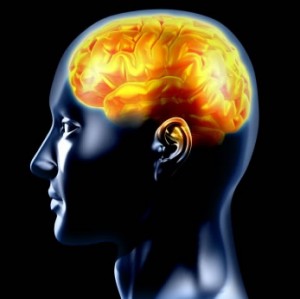The interactions of two distinct and competing neural networks, the default mode network (DMN) and the task positive network (TPN), are particularly relevant to this question. Whereas the DMN supports passive, self-related thought, the TPN underlies active thinking required for solving problems, explained study author J. Paul Hamilton.
Using brain imaging technology, Hamilton and his colleagues found that, in depressed patients, increasing levels of activity in the DMN relative to the TPN are associated with higher levels of maladaptive, depressive rumination and lower levels of adaptive, reflective rumination. These findings indicate that the DMN and TPN interact in depression to promote depression-related thinking, with stronger DMN influence associated with more worrying, less effective coping, and more severe depression.
“It makes sense that non-productive ruminations would engage default-mode networks in the brain as these systems enable the brain to ‘idle’ when humans are not focused on specific tasks,” commented Dr. John Krystal,editor of Biological Psychiatry. “Better understanding the factors that control the switch between these modes of function may provide insights into depression and its treatment.”
Source: Elsevier

